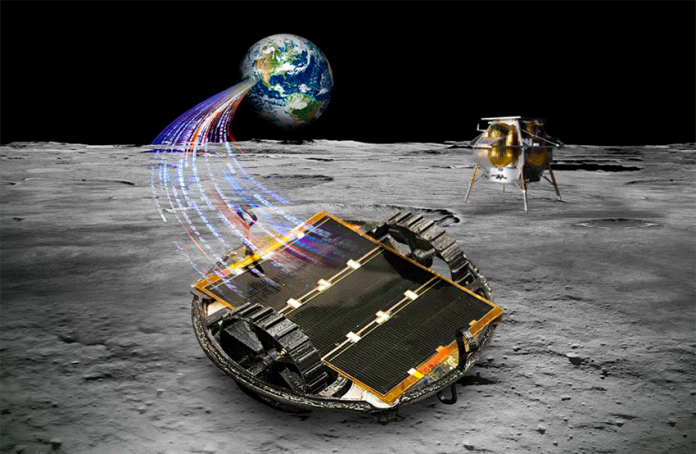Five tiny robots developed by researchers at the National Autonomous University (UNAM) will depart for the moon in June to carry out a range of unprecedented lunar measurements.
Weighing less than 60 grams each and with a diameter of just 12 centimeters, the two-wheeled, disc-shaped nano robots will travel more than 380,000 kilometers to the moon on a rocket supplied by Astrobotic Technology of the United States.
The United Launch Alliance Vulcan rocket would be the first U.S. spacecraft to land on the moon in almost half a century.
During their month-long mission, the Mexican made and designed robots will take unprecedented lunar plasma temperature, electromagnetic and regolith particle size measurements, according to an article published in the UNAM gazette in early February.
Gustavo Medina Tanco, a UNAM scientist who is leading the project, told the news agency Reuters that the robots – made from stainless steel, titanium and space-grade aluminum and equipped to collect lunar minerals – will work together like a swarm of bees once they are on the moon, communicating with each other as well as a command center on Earth.
For that reason, the endeavor is called the Colmena, or Beehive, Project. Some 200 engineering, math, physics and chemistry students have contributed to the project, which began almost four years ago, while the Ministry of Foreign Affairs, the Mexican Space Agency and the state of Hidalgo have also collaborated.
“This is a small mission where we’ll test the concept, and afterwards we’ll undertake other missions, first to the moon and then on to asteroids,” Medina told Reuters.
“No one has done this, nobody, not just in Mexico,” he said. “We can make a difference in the technology and for international cooperation that can then lead to important joint ventures to study the minerals or undertake other scientific exploration.”
With reports from Reuters
